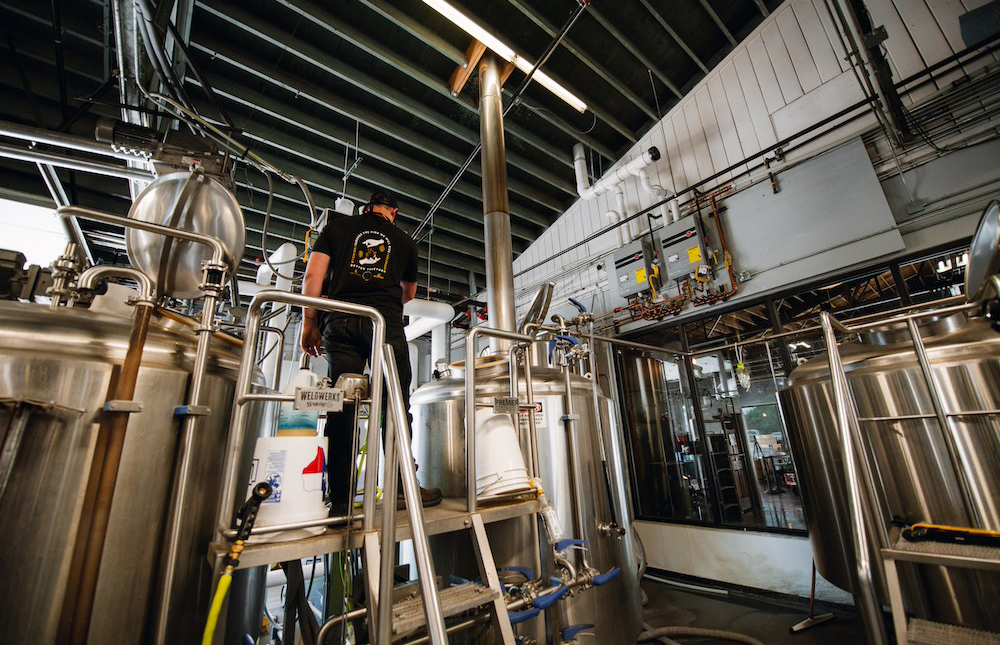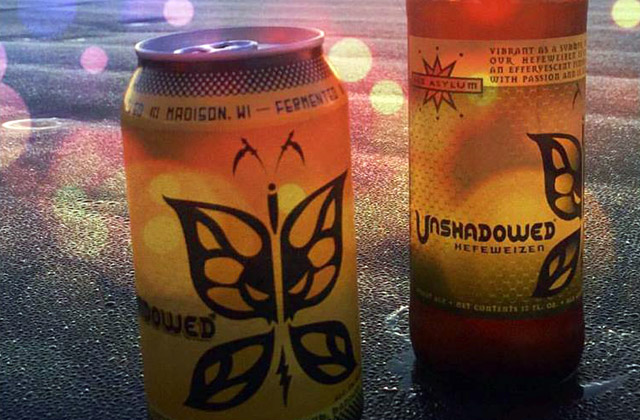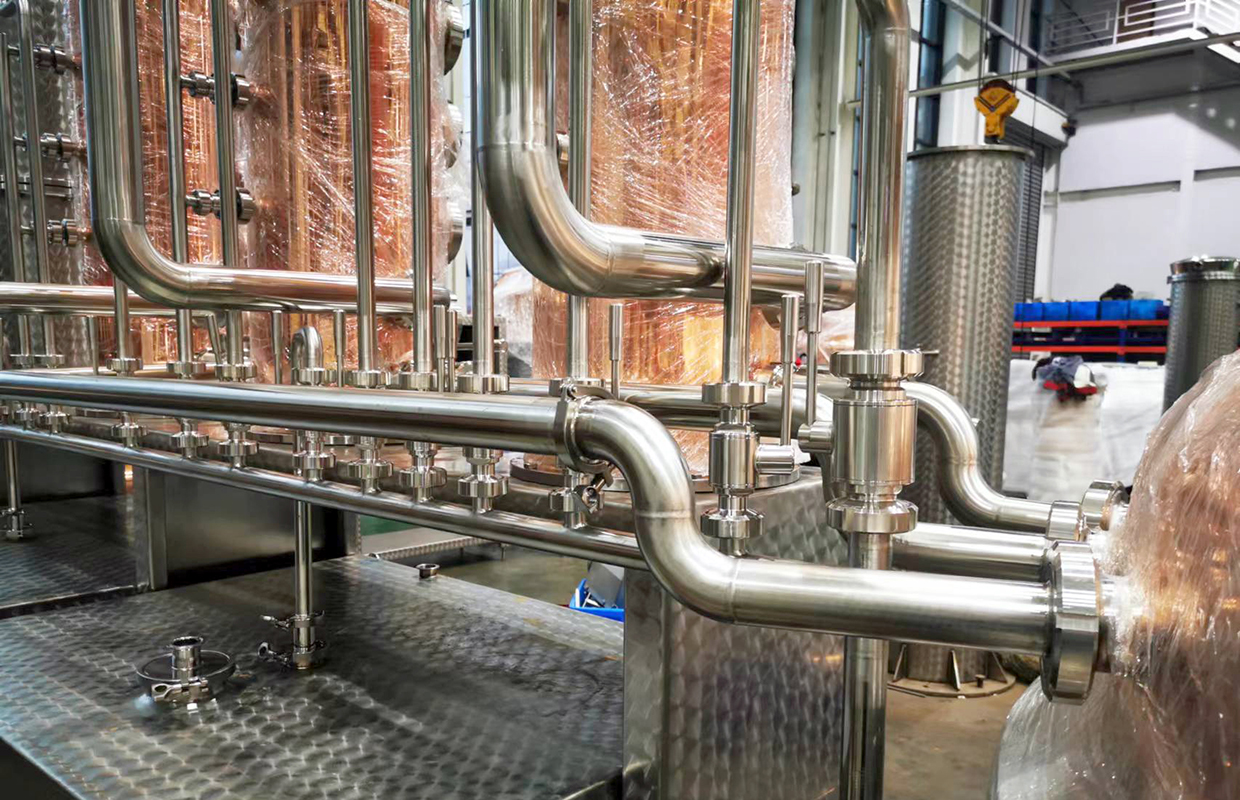
Although the “no-limits” to craft brewing can be exciting and adventurous, it always means new problems for every adjunct added at every point in the brewing, fermenting, and packaging process.
It is well known across the industry, points out Skip Schwartz of WeldWerks, that extracts will increase the aromas on your beers. However, it is important not to try to rely solely on extracts.
“We spend most of our time and effort in using real fruit and real adjuncts,” said Schwartz, who is the Innovation and Wood Cellar Lead for the Greeley, Colorado brewery. “This is the only way to get quality flavors in beers.”
When trying out a new adjunct or ingredient WeldWerks will do small-scale testing in the lab on them to see where that adjunct would incorporate best into the beer.
“We have added ingredients into almost every tank we have from the mash tun, boil kettle, whirlpool, fermentor, adjunct vessel, and brite tank,” he said. “So there is an endless amount of possibilities of when to add adjuncts.”
The same goes for Ecliptic‘s Phil Roche. The Portland, Oregon facility’s Head Brewer says that they generally add fruit purees on Day 5 of fermentation.
“At this point, primary fermentation is done but there is still enough activity to reduce any additional sugar from the fruit,” he said. “On all the adjuncts added during fermentation we use our dry-hop pump to recirculate them in the tank to get a good mix.”
But problems arise and solutions are needed.
Nuts have slowly become one of the hardest adjuncts to work with, Schwartz said.
“We have found that chopped nuts give us the best nut characteristics in the final beer. The problem, though, is that the chopped nuts get stuck in our flash pasteurizer slowing down our pasteurization runs,” he said.
Last year Roche said that Ecliptic used hazelnuts for the first time and how they imparted flavors was by finding a source of hazelnut milk (hazelnuts and water) and used that in fermentation instead.
Another really hard adjunct that WeldWerks uses often is coffee.
“We are all big coffee drinkers here at WeldWerks and that’s why we take our coffee beers seriously,” Schwartz said. But he added that the hardest thing with coffee beers is getting a great coffee expression into the beer without getting the green pepper flavors that can come out in coffee beers.
“There is no substitute for the real thing with coffee so we have not found any way to replicate or mimic those flavors,” he said.
When doing a barrel-aged Stout with coffee Schwartz said they add the beans to the tank, and purge out all of the oxygen with CO2, then rack the beer into the tank on top of the beans.
“We chill the tank to about 45F and recirculate the beer in the tank to maximize the surface contact,” he said. “After 14 hours of recirculating, we start tasting the beer. We taste every hour on the hour, checking to see if we have reached the proper taste profile for the beer.
“We pull the beer off the beans if at any point we start to pick up any green pepper notes. Though honestly, with this much attention on this beer it is rare that we reach this flavor anymore.”
Photo courtesy WeldWerks Brewing




Be the first to comment